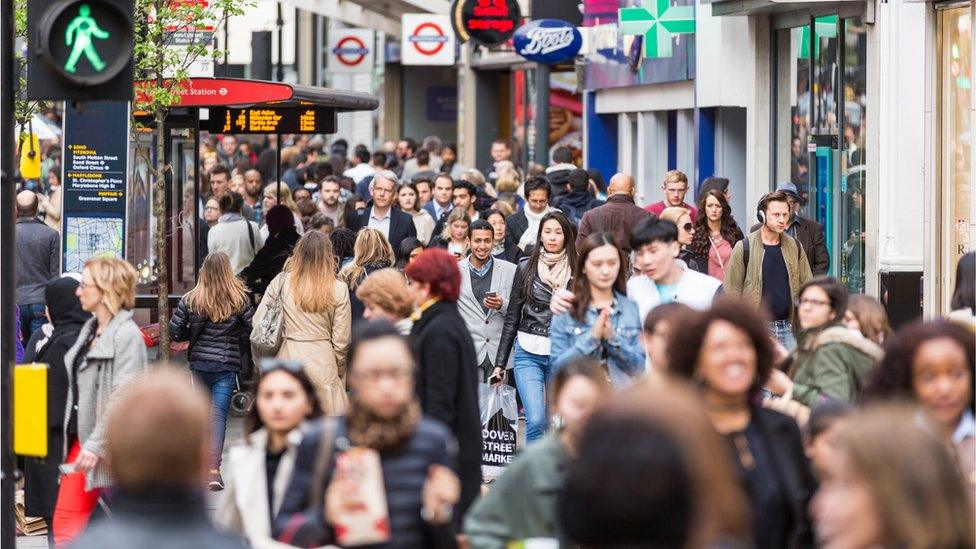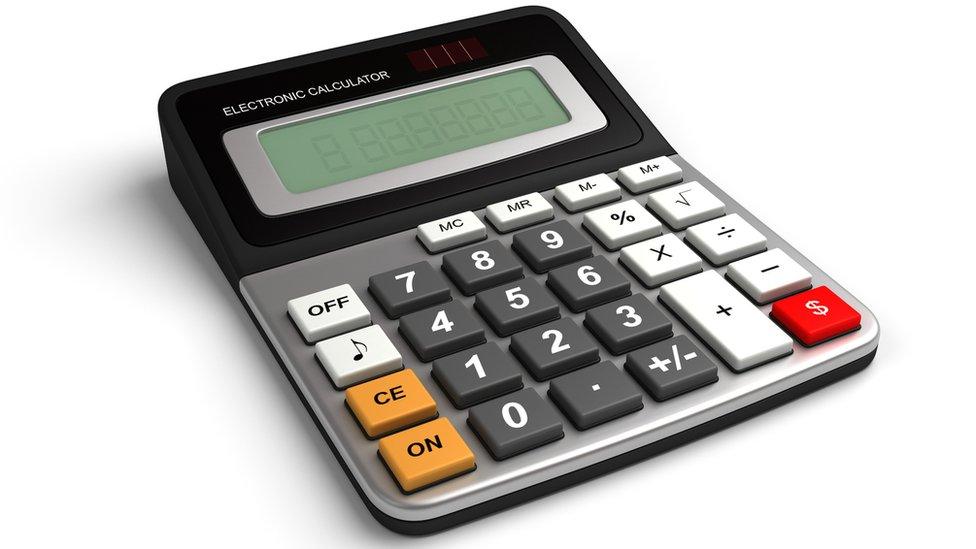Workers retiring earlier than in 1950
- Published
- comments

Workers are retiring at a younger age now than in 1950, figures show, despite longer life expectancy.
Men left the labour market at an average age of 67 in 1950, compared with 65 now, according to the Department for Work and Pensions (DWP).
Women typically left at 63 both in 1950 and now, although the current retirees are generally a few months younger.
But experts say that we should expect to retire at an increasingly older age as the state pension age is rising.
The age of retirement has been going up in the last 20 years and this trend is expected to continue.
Tom Selby, senior analyst at pension provider AJ Bell, said: "The rise in average retirement ages is only going to accelerate in the decades to come as the state pension age increases further and the number of people retiring with generous defined benefit entitlements falls away.
"We will also see more people working longer, either full-time or part-time, in order to supplement their retirement income.
"For some this won't be a problem, but for those in more strenuous or physically demanding roles the thought of retiring later will be difficult to stomach. But the stark reality is that, if life expectancy keeps going up, many will be staring a retirement age of 70 or older square in the face."
The government recently announced that the state pension age will rise to 68 for men and women between 2037 and 2039, rather than from 2044 as was originally proposed.
The DWP figures simplify a more complex picture, said Nathan Long, senior pension analyst at Hargreaves Lansdown.
"Retirement is hugely personal and this data does not show the wide dispersion in ages of people leaving the workforce. There is some clustering to state pension age, but overall there are a wide range of factors that influence when someone stops working," he said.


- Published19 July 2017

- Published11 July 2017

- Published7 July 2017